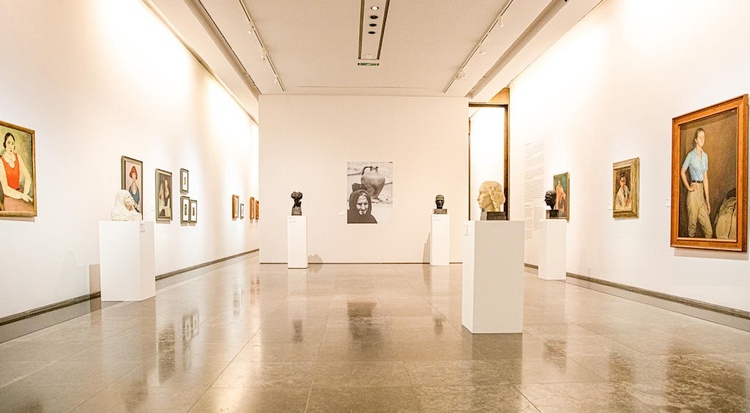
The Power of Visual Arts
The Power of Visual Arts: A Dialogue Between Sight, Emotion, and Thought
Visual arts encompass all forms of artistic expression that use the image as the primary means of communication. They awaken the observer's sensitivity and invite reflection on the world, society, and the human condition itself. From cave paintings to contemporary digital installations, visual art has always been a universal language, capable of crossing cultural and temporal boundaries.
What are visual arts?
The term "visual arts" encompasses a set of creative manifestations based on visual perception—that is, on what can be seen, imagined, or represented. Among them are painting, sculpture, photography, printmaking, drawing, film, design, architecture, video, performance, and digital art.
In modern times, the boundaries between these languages have become fluid: an artist can combine painting and photography, sculpture and video projection, or even create immersive works with augmented reality.
A Brief Historical Overview
For centuries, visual art was associated with the representation of reality—portraits, landscapes, religious or historical scenes. During the Renaissance, artists such as Leonardo da Vinci and Michelangelo revolutionized the way we see the human body and space, introducing notions of perspective and proportion.
In the 19th century, Impressionism broke with academic rigidity and brought the subjective view of light and color to art.
In the 20th century, movements such as Cubism, Surrealism, and Abstract Expressionism expanded expressive and conceptual possibilities, paving the way for contemporary avant-gardes and questioning the very definition of art.
Contemporary Visual Art
Today, visual arts engage intensely with technology, politics, and the environment. Artists explore interactive installations, virtual reality, artificial intelligence, and ecological art to address urgent issues such as climate crisis, social inequality, and cultural identity.
The audience, previously just spectators, becomes part of the work—whether by physically interacting or reflecting on the multiple meanings it proposes.
Functions and Importance of Visual Arts
Visual arts fulfill diverse roles:
Aesthetic, by generating visual pleasure and emotion;
Communicative, by expressing ideas and feelings;
Social and political, by questioning power structures and proposing new worldviews;
Educational, by stimulating creativity, empathy, and critical thinking.
In times of digital image overload, visual art invites the gaze to slow down—to observe, feel, and think. It is not limited to beauty, but also to provocation, memory, and critique.
The Gaze of the 21st Century
In the 21st century, visual artists around the world have rethought the role of art in a globalized scenario. Social networks and digital media have broadened visibility, but have also challenged the authenticity of the aesthetic experience.
Visual art, however, continues to be a space of freedom. She teaches us that seeing is more than just looking—it's understanding the invisible through form, color, and creative gesture.
Conclusion:
The visual arts are a bridge between the visible and the invisible, between the external world and the imagination. By provoking, enchanting, and unsettling, they reaffirm the power of the human gaze as a tool for transformation and knowledge.
Latamarte
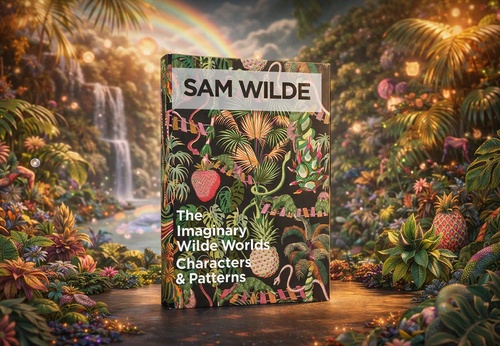
- December 25, 2025
SAM WILDE | The Imaginary Wilde Worlds Characters & Patterns
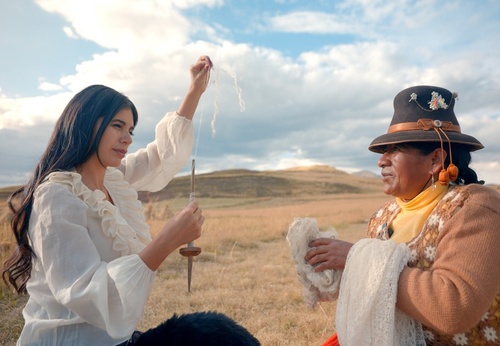
- December 25, 2025
“Ancestral Artist”: A Look at the Craft of Latin American Crafts


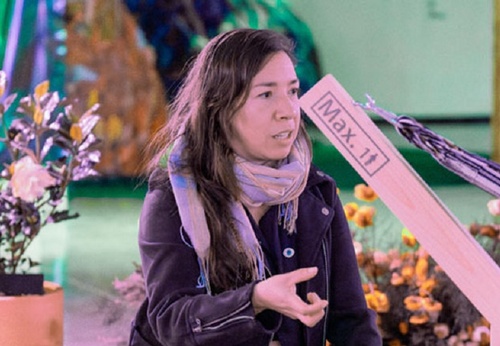
- December 25, 2025
Winner of the 13th Most Important Contemporary Art Prize

- December 25, 2025
Who threw it
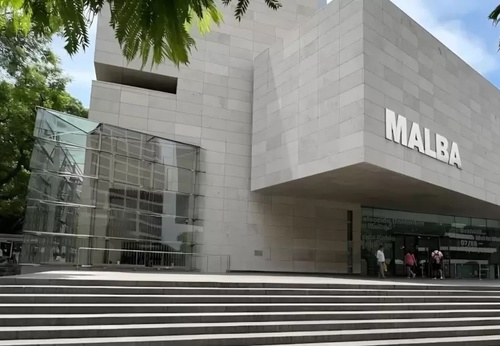
- December 25, 2025
Malba Acquires the Daros Latinamerica Collection
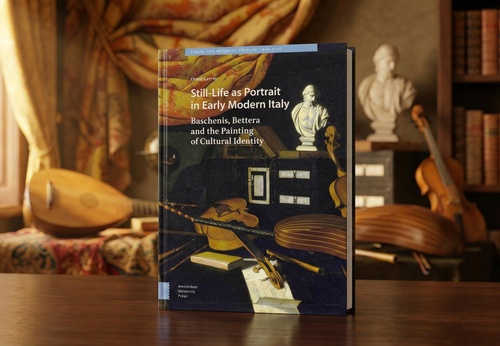

- December 24, 2025
Gallery of Illustration by Pola Maneli – South Africa

- December 24, 2025
Art as Human Expression and Universal L…

- December 24, 2025
Art in the Street: When the City Become…

- December 23, 2025
Urban Art in Latin America

- December 23, 2025
Folk Art in Indigenous Communities of L…

- December 22, 2025
Graffiti as a Social and Political Lang…

- December 22, 2025
Graffiti – From the Street to Contempor…

- December 21, 2025
Contemporary Art and New Visual Narrati…

- December 21, 2025
Latin American Visual Art as a Space of…

- December 20, 2025
Painting in the Americas: Origins and E…

- December 20, 2025
Key Latin American Artists in the Anti-…

- December 18, 2025
Artistic Movements and Expressions of R…

- December 18, 2025
Art and Anti-Imperialism in Latin Ameri…

- December 17, 2025
Visual Art in El Salvador: Between Memo…

- December 17, 2025
Visual Art in Cuba: A Window to Identit…

- December 16, 2025
Visual Art in Colombia: Diversity, Memo…

- December 16, 2025
Visual Art in Venezuela: Modernity, Ide…

- December 15, 2025
Visual Art in Paraguay: Tradition, Memo…

- December 14, 2025
Visual Art in Chile: Memory, Critique, …

- December 14, 2025
Visual Art in Bolivia: Ancestry, Resist…

- December 13, 2025
Visual Art in Peru: Ancestral Tradition…

- August 29, 2023
The history of Bolivian art

- February 19, 2024
Analysis and meaning of Van Gogh's Star…

- January 28, 2024
Culture and Art in Argentina

- September 25, 2023
What is the importance of art in human …

- September 23, 2023
What is paint?

- August 23, 2023
The 11 types of art and their meanings

- August 10, 2023
14 questions and answers about the art …

- September 23, 2023
Painting characteristics

- August 30, 2023
First artistic manifestations

- January 12, 2024
10 most beautiful statues and sculpture…

- September 23, 2023
History of painting

- March 26, 2024
The importance of technology in art1

- March 26, 2024
Cultural identity and its impact on art…

- July 13, 2024
The impact of artificial intelligence o…

- April 07, 2024
Graffiti in Latin American culture

- April 02, 2024
History visual arts in Brazil

- April 06, 2024
History of visual arts in Ecuador

- August 16, 2023
The 15 greatest painters in art history

- October 18, 2023
History of sculpture

- November 21, 2024
The Role of Visual Arts in Society

- February 19, 2024
Analysis and meaning of Van Gogh's Star…

- August 13, 2023
9 Latino painters and their great contr…

- August 23, 2023
The 11 types of art and their meanings

- August 10, 2023
14 questions and answers about the art …

- August 27, 2023
15 main works of Van Gogh

- August 29, 2023
The history of Bolivian art

- January 28, 2024
Culture and Art in Argentina

- November 06, 2023
5 Latin American artists and their works

- September 23, 2023
Painting characteristics

- September 23, 2023
What is paint?

- September 25, 2023
What is the importance of art in human …

- March 26, 2024
Cultural identity and its impact on art…

- August 30, 2023
First artistic manifestations

- December 18, 2023
10 iconic works by Oscar Niemeyer, geni…

- January 20, 2024
What is the relationship between art an…

- January 12, 2024
10 most beautiful statues and sculpture…

- August 24, 2023
The most famous image of Ernesto "Che" …

- October 30, 2023
Characteristics of Contemporary Art

- May 26, 2024
Técnicas de artes visuais

- August 22, 2023


